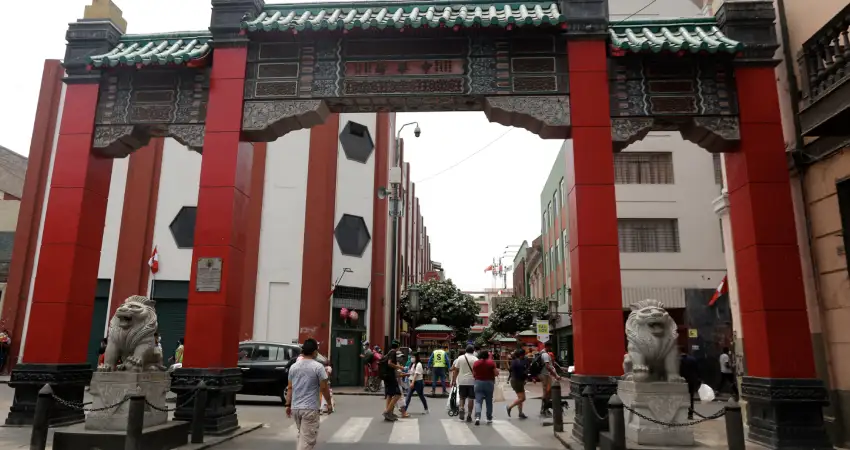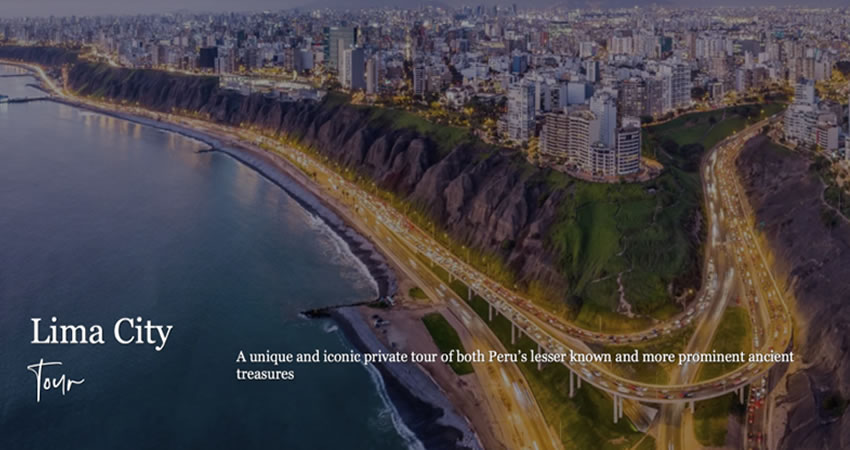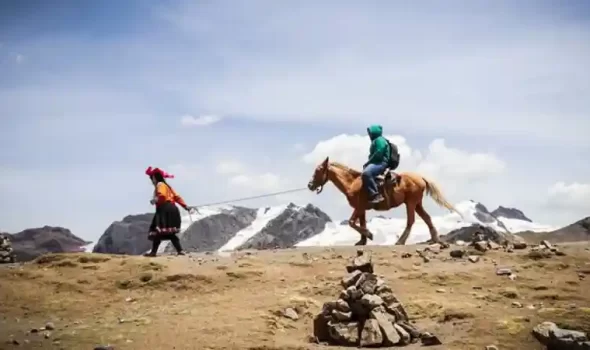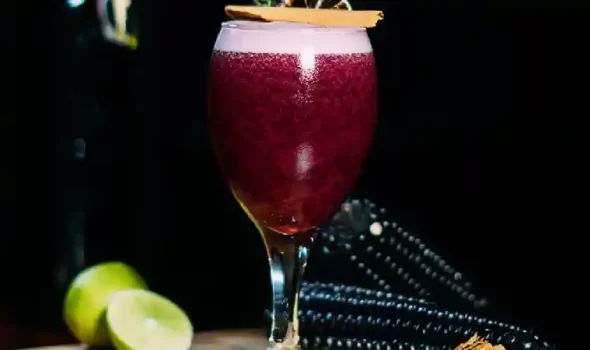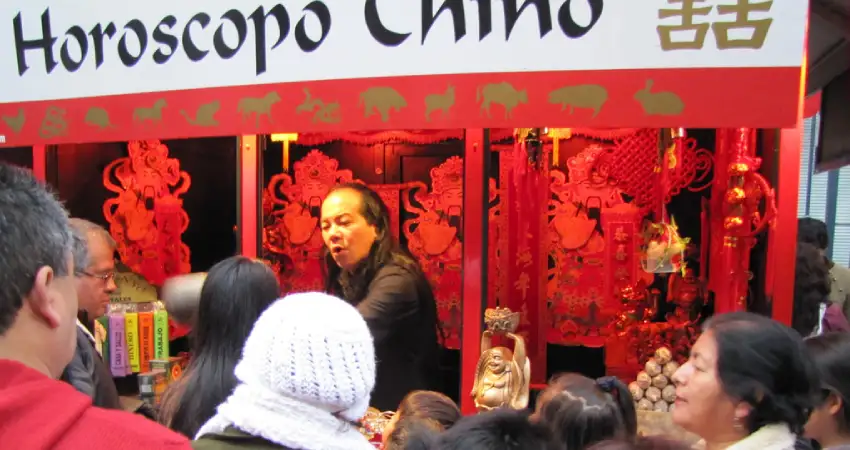
1.- OVERVIEW OF CHINATOWN LIMA PERU
Chinatown Lima is one of the points of mixing cultures and ethnic influences in great mass, as one of the oldest neighborhoods of Lima its history dates back to the year 1860, when Asian immigrants came to Peru from the province of Canton and this is precisely the reason why Chinatown Lima is also known as Capon Street. They started working in sugar cane plantations along the Peruvian coast, in a way these Chinese settlers replaced the labor of the black slaves coming from Africa. Over time as expected due to the increase of the Chinese population many of the families moved to the big cities mainly to the capital so the Chinatown Lima became bigger and bigger.
In a natural way people seek to socialize with the intention of harmony and survival, this is increased by the presence of large ethnic groups as is the case of Chinatown Lima, in this case the Chinese immigrants began to cooperate with each other and support each other mutually allowing their culture, tradition and religion (Buddhism) is kept alive and can be shared with people who came to visit. In Chinatown Lima the Culines (as they call low-skilled workers and porters in China, India and Asia) started small businesses with the purpose of serving the public such as selling food, laundry and trade stores which became quite popular inside Chinatown Lima, there are some that are still in operation.
2.- WHERE IS CHINATOWN LIMA LOCATED?
Although the capital city is regularly large, locating Chinatown Lima is quite simple, it is located south of the main square and the historic center, on Jiron Ucayali in the Barrios Altos district. The extension of Chinatown Lima is from the first area of Jiron Ucayali to Jiron Paruro. Although many travel agencies prefer to avoid visiting Chinatown Lima as a tourist destination due to the large number of visitors, the reality is that it is a very pleasant experience for travelers looking for a mix of culture.
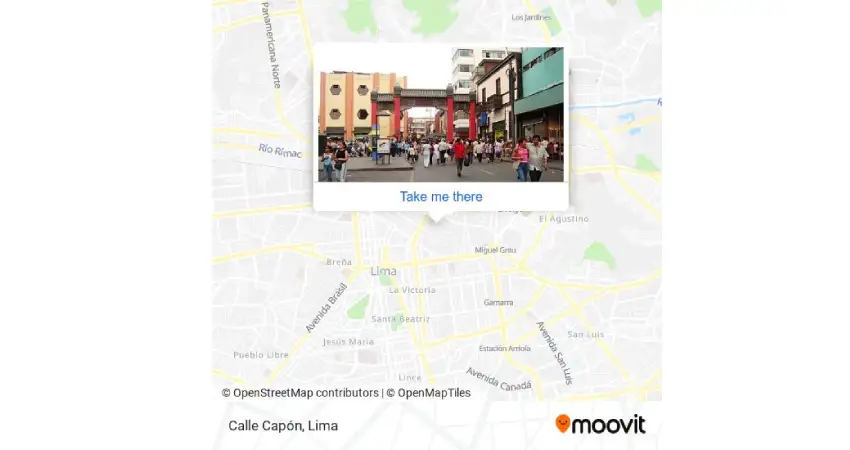
3.- HOW TO GET TO CHINATOWN LIMA
It is traditional to visit tourist destinations such as downtown Lima, the Barranco neighborhood and other natural destinations, but a cultural destination without a doubt is the Chinatown Lima. To get here from your hotel you can take a cab that is reliable as Uber, remember not to use street cabs. However if you really want to experience the traditional visit to Lima Chinatown must be done on foot, for this you must first get to the main square of Lima.
Starting from the main square you must go to the far right of the cathedral, there you will find the Jiron Carabaya, when you get there you turn left crossing the Jiron Ucayali you go straight ahead 5 blocks, then cross to Abancay street to finally reach the Chinese Arch which is the gateway to Chinatown Lima.
| “A traveler without the ability to observe is like a bird without wings.” |
4.- WHAT TO SEE IN CHINATOWN LIMA?
Meet the access point to Chinatown Lima, El Arco Chino (The Chinese Arch)
From the first moment is one of the main attractions of Chinatown Lima, the Chinese Arch is a cultural emblem of this area and a symbol of welcome for all travelers who come here. For many travelers the main reason to visit Chinatown Lima is because they want to get a picture with this background. A super curious fact is that this element was donated by the Chinese colony in 1971 in order to celebrate the 150 years of Chinese presence in Peru, later in 2017 were added the statues of lions representing protection.
4.1.- Capón: The Heart of Chinatown Lima
Although it is a large neighborhood, block 7 of Jiron Ucayali is also known as Cajon Street and is the main street through which everyone who visits Lima Peru Chinatown passes at least a couple of times, this street is distinguished from the rest by its oriental decoration. Its name derives from the place of origin of the first immigrants and at the same time it is the place where pigs are castrated. With the passage of time its theme and appearance have been changing and it is common to see in the windows or advertisements phrases written in Chinese language and the floor shows tiles with images of the Chinese zodiac.
4.2.- Delight your palate with delicious oriental flavors at Chinatown Lima
Gastronomy is a strong and important impact that the oriental culture had in Peru. From delicious appetizers like Dim Sum or Min Pao that you can easily find walking the streets of Lima Chinatown and have an affordable cost of between s/2.00 soles to s/5.00 soles to very elaborate dishes like the popular Chifa, its name derives directly from the action of eating rice, as the Chinese immigrants did not have a salary, they demanded that their remuneration is with bowls of rice. Over time this became very popular and restaurants called Chiferias appeared.
5.- CULINARY DELIGHTS OF CHINATOWN LIMA
With the arrival of the Chinese ethnicity to Peru, the food suffered an incredible contribution, not only in the seasoning but also in the use of ingredients and cooking techniques. Among the most popular dishes we have.
5.1.- Arroz Chaufa
A very popular dish in Chinatown Lima Peru made mainly with rice, its name means “eat rice” because the Chinese people who worked in the rice plantations received this same input as a means of payment and later thanks to the variety of ingredients and inputs was modified and varied to get the traditional recipe that we currently have. Essentially the dish is based on rice but it is accompanied with meats such as beef, pork, chicken and even seafood. Its flavor also varies depending on the condiments regularly is soy sauce, oyster sauce, sugar and finally accompanied with Chinese onion, is undoubtedly one of the most popular dishes in Peru.
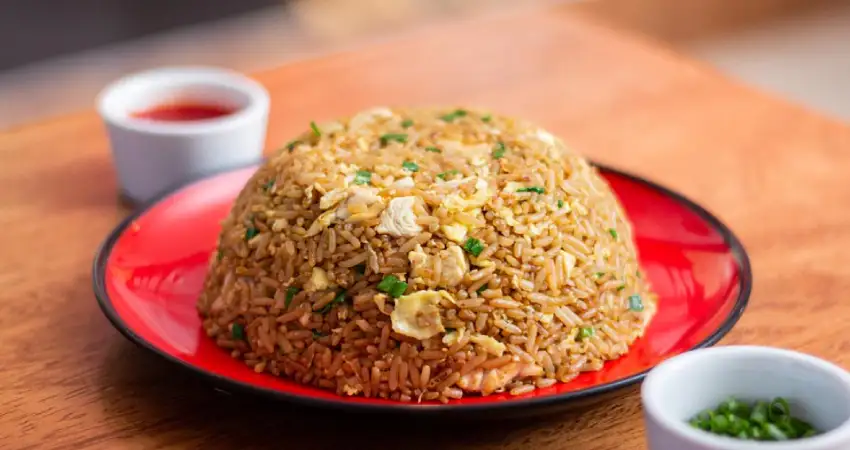
5.2.- Lomo Saltado
This popular dish has gained much fame and popularity within the Peruvian gastronomy, categorized as one of the five most delicious dishes in the world. Although in its flavor you can feel the Creole seasoning, it is notorious that the technique used is of oriental origin “the sautéing” and from there it takes its name with the combination of the beef tenderloin plus the sautéed vegetables. During its preparation, the meat is first cooked in a bowl until it can leave the umami, then the onion, tomato and small slices of yellow bell pepper are added to add a touch of spiciness, finally the meat is sautéed to obtain the smoked touch, this dish is served with white rice and french fries.
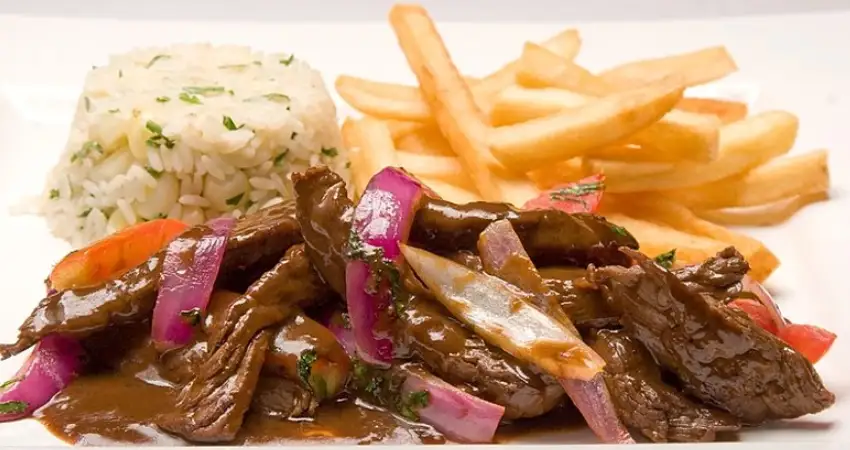
5.3.- Wantan
The Wantan or Wanton is a square-shaped dough that simulates in a certain way the Mexican tortillas, the difference is that it is made of flour so it can be perfectly combined with any type of input, within the Peruvian gastronomy it has become one of the main and most delicious snacks that are consumed at parties and meetings, it can be filled with cheese, sausage, meat, chicken, pork or any element that comes to mind. If you want to give it an extra touch of flavor you can add the use of avocado as a cream, believe me the flavor is incomparable.
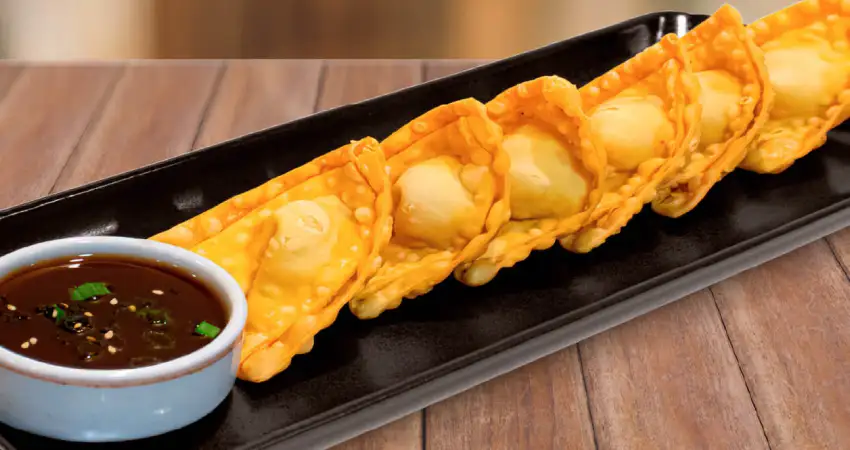
6.- AN ORIENTAL TRADITION IN THE CITY OF KINGS
“The celebration of the Chinese New Year each year is on a different date but generally lasts 16 days, from the first day of the first new moon until the last day of the first full moon, that is, from the eve of the Chinese New Year until the Lantern Festival, visiting Chinatown Lima during this time of the year is simply a marvel.”
7.- POPULAR CHIFA RESTAURANTS
Inside Lima Peru Chinatown there are several options of places where you can eat food with Chinese elements, however the most popular will always be the Chifas. Each one with style and unique touch make the cuisine a mixture of incomparable flavors and although we can not tell you which is the best of all if we can recommend some that are excellent in the presentation of its flagship dish Chaufa rice, the main Chifas you will find are:
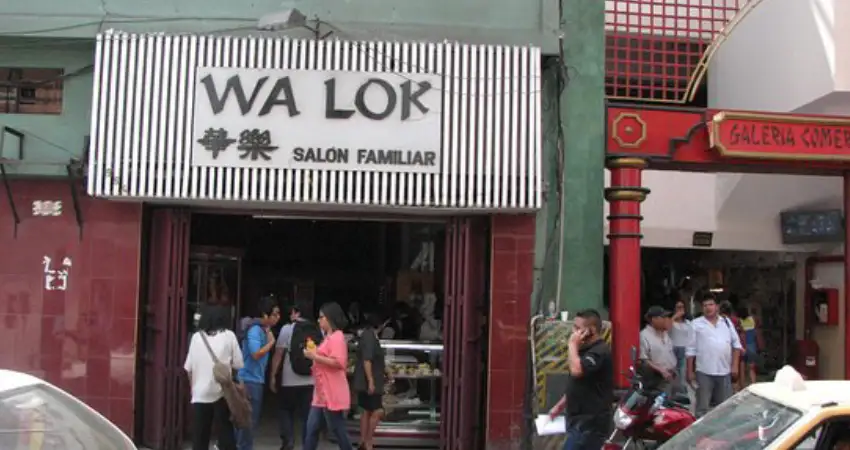
Now you know that there are amazing places you can visit during your 2024 trip, Chinatown Lima Peru is one of the unique destinations that is worth visiting at least once in your life, I assure you that it will be the best memory you can have of your visit. Auri Peru can organize a complete tour of the entire Lima Chinatown if you wish, contact us now and discover a little more of what you can see.
“If you want to know more about yourself, go on a journey and the road will show you.”




